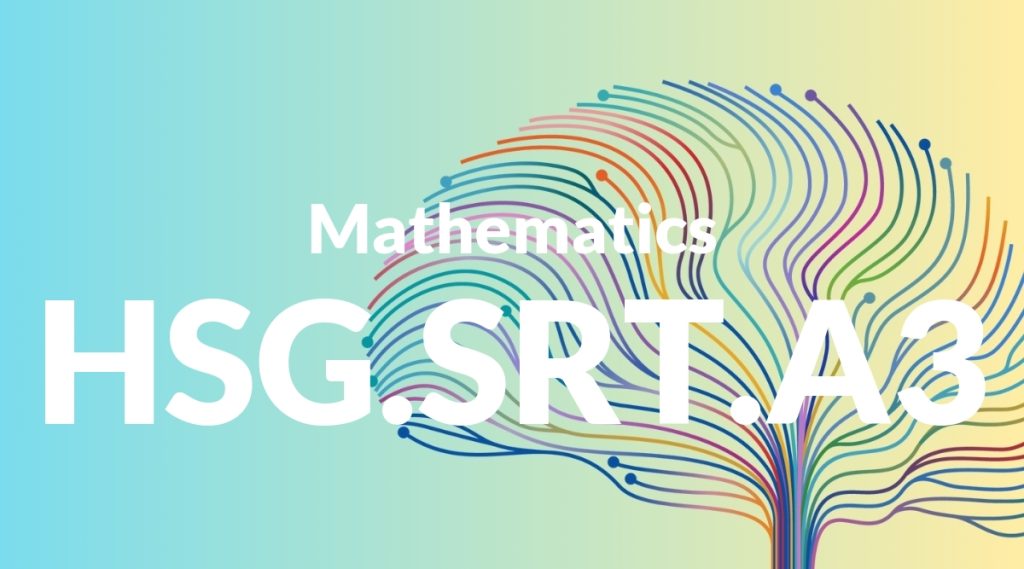Standard: HSG.SRT.A3 – Use the properties of similarity transformations to establish the AA criterion for two triangles to be similar.
Grade level: High School: Geometry
Subject: Mathematics
Domain: Similarity, Right Triangles, & Trigonometry
Teacher Overview
This standard focuses on using similarity transformations to establish the Angle-Angle (AA) criterion for triangle similarity. Understanding this criterion is essential as it forms the foundation for many geometric proofs and applications in higher mathematics. Before tackling this standard, students should be familiar with basic geometric shapes, properties of triangles, and the concept of ratios and proportions.
Mastering this standard will enable students to apply similarity criteria to solve real-world problems, understand and use trigonometric ratios, and explore more advanced geometric theorems and proofs.
Common Misconception 1
Some students may incorrectly believe that only congruent triangles can be similar. This misconception arises from a misunderstanding of the definitions of similarity and congruence.
Intervention 1
To address this, use visual aids and interactive activities to demonstrate that triangles with the same shape but different sizes can be similar, emphasizing the role of proportionality.
Common Misconception 2
Another common misconception is confusing the AA criterion for similarity with the criteria for triangle congruence. This confusion often stems from the similarity in the terminology used.
Intervention 2
To clarify, provide clear distinctions and side-by-side comparisons of similarity and congruence criteria, using examples and non-examples.
Prerequisite Knowledge
Students should have a foundational understanding of basic geometric shapes, properties of triangles, and the concept of ratios and proportions.
Subsequent Knowledge
After mastering this standard, students will be able to apply similarity criteria to solve real-world problems, understand and use trigonometric ratios, and explore more advanced geometric theorems and proofs.
Instructional Activities
- Interactive geometry software to explore similarity transformations
- Group activities to create and compare similar triangles
- Real-world problem-solving tasks involving scaling and modeling
- Use of visual aids and diagrams to illustrate the AA criterion
- Hands-on activities with physical models to demonstrate similarity




